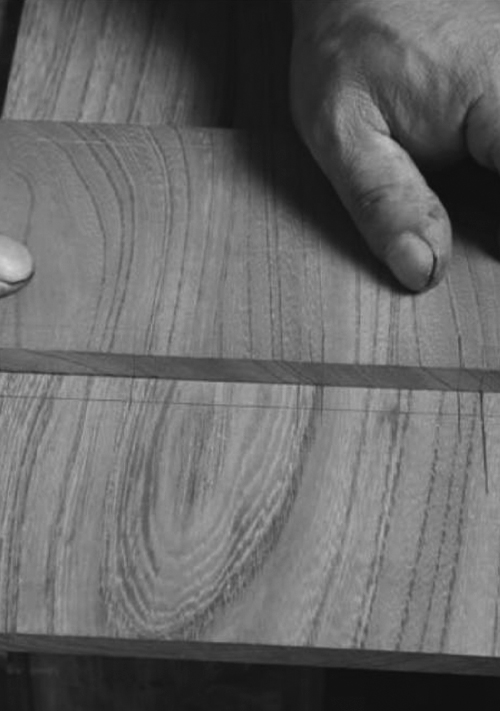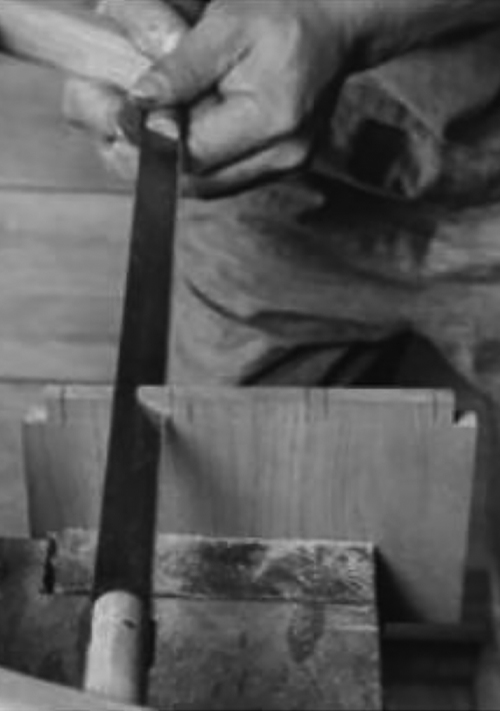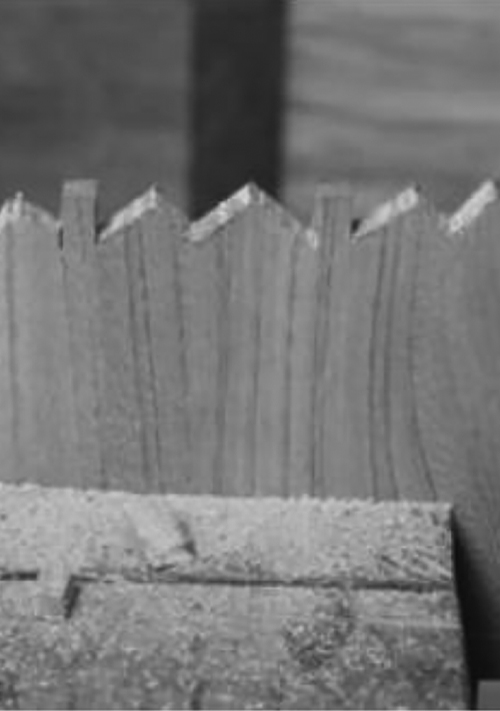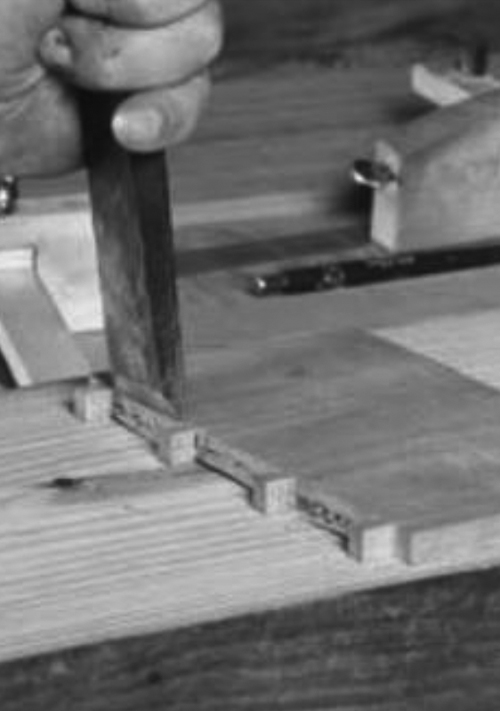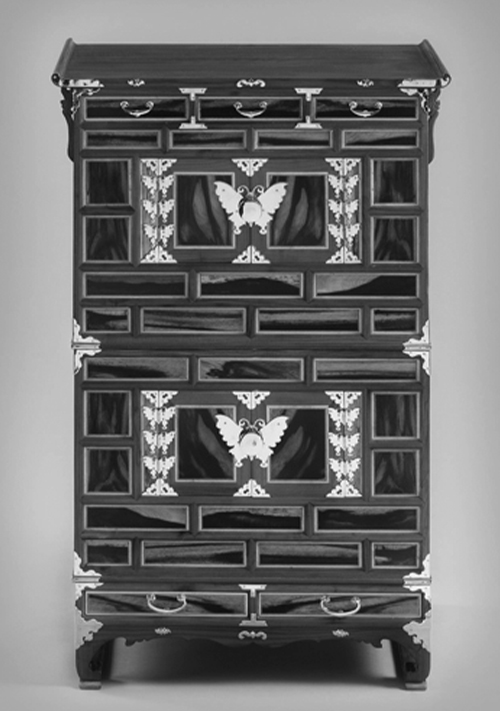Korean traditional joinery (somok) refers to
making wooden furniture - such as wardrobes, drawers, desks and household items. Traditional Korean wood-working
focuses on highlighting the natural beauty of the timber such as its pattern and forms. It does not use metal
nails or glue, so the precision of the carpenter is the key skill to make furniture perfectly. Still, Korean
timber furniture’s structure itself is very free. The natural wood is used without not too many alterations, so
the joinery technique is based on the nature of timber’s characteristics.
